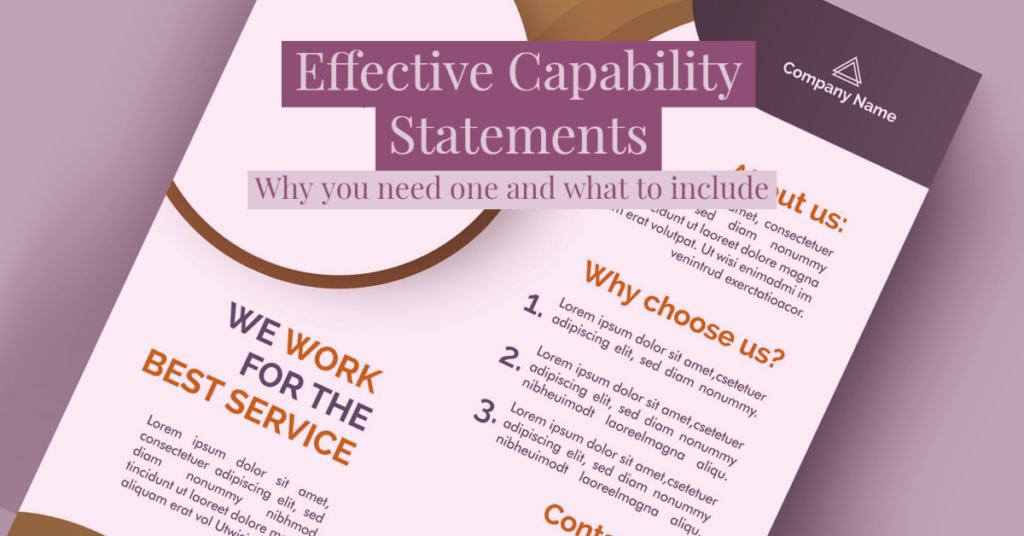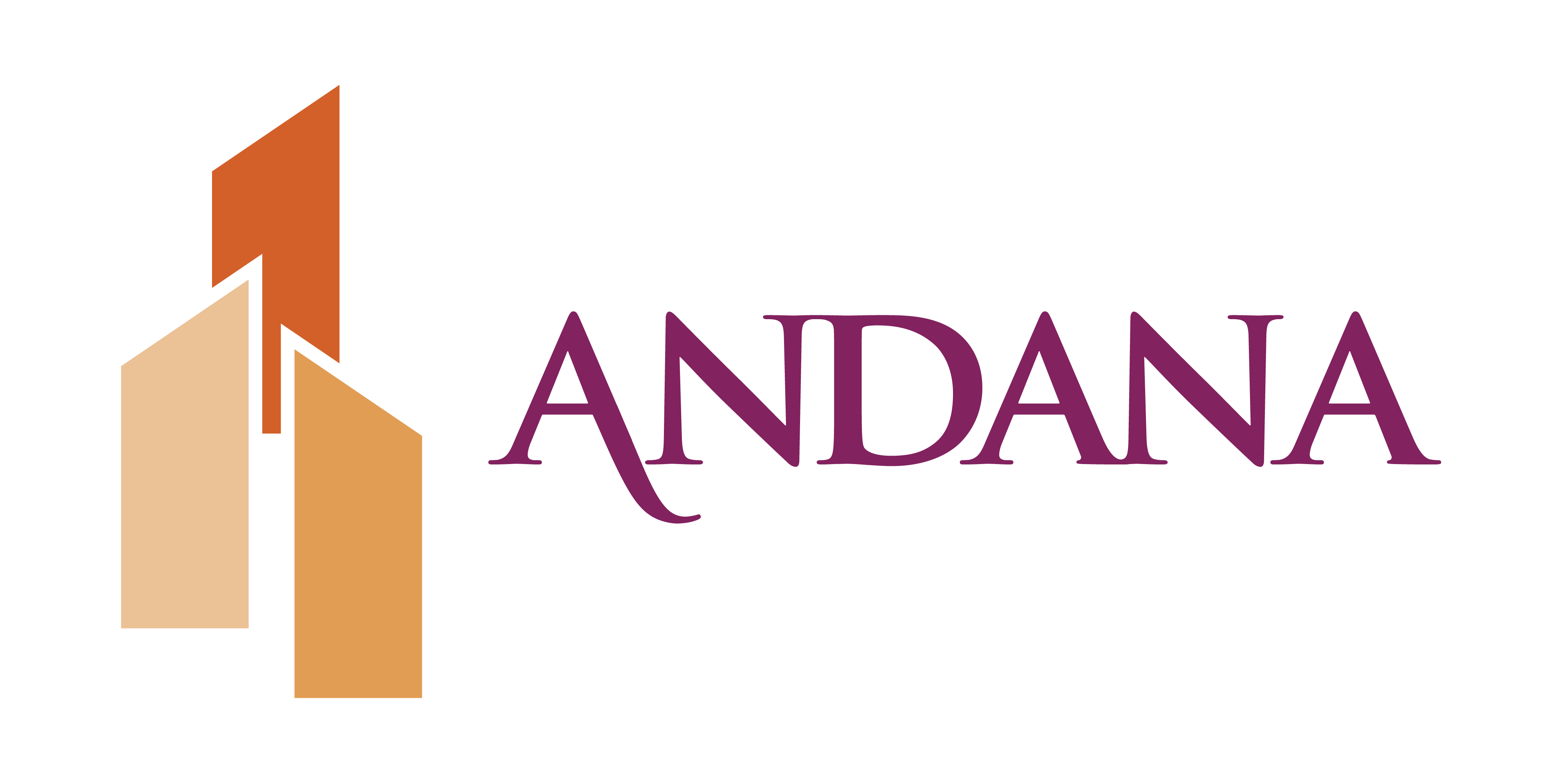
Recently, I had a conversation with a colleague I’ve been working with for several months. At the end of our call, she said, “On a completely different topic, I might need your help in a few weeks.” I couldn’t imagine what she would need, her new website just launched, her e-mail marketing is top notch, and she uses a mix of video and writing on her blogs…. Turns out. She needs a capability statement. Even after working together and hearing me talk about developing these documents for other clients, it didn’t occur to her that she might need one. She realized she needed one after attending an event where a state representative spoke and demonstrated the variety of contracting opportunities available to small-, woman-, and minority-owned businesses through the government. Some of these opportunities were directly related to the services she offers. At the end of the presentation, she asked the speaker for more information and the speaker’s first response – “Do you have a capability statement?”
Outside of government marketing, full brochures are common marketing materials – sometimes presented on a CD or flash drive, often with multiple pages and beautiful design elements. Within the world of government contracting a capability statement replaces these brochures. It is a simple, one- or two-sided document — a snapshot of who you are, what you do, and why you do it. In a summary statement, you represent to the government buyer (or a teaming partner) the key points about your firm. The document provides the government agency with main information they require to determine if your firm is a good fit for their organization.
When meeting with an agency or teaming partner inquire if you can follow up with your capability statement. After the meeting, make sure your capability statement highlights your firm’s expertise based on the client’s needs. Do not offer a CD or flash drive, as most agencies do not allow these devices. Present your capability statement to prospect agencies and teaming partners at conferences and trade shows. A hard copy is great to have at the conference, but you can also follow up with a PDF in an email. Email follow ups are our favorite way to send a capability statement so you can tailor it to reflect your services or experience that will be most relevant to the person you spoke with.
Effective capability statements include:
- Firm Contact Information
- NAICS codes
- Federal & State Small Business Certifications
- Firm Overview
- Core Capabilities
- Differentiators
- Experience / Past Performance (with refence names and numbers)
- Current Contract Vehicles including GSA Schedules
- Company information including DUNS/UEI, Year of incorporation, CAGE Code
- Licenses & Certifications
- EMR Rating
- Bonding capacity
A strong capability statement can be a door opener to new agencies and partners. It provides proof of your capabilities and demonstrates your differentiators in an easy to read, one-page format.
This document should be clear, honest, and straightforward. It should be tailored to the agency or organization you are targeting. We recommend developing the document with the intent of modifying for the agencies you are targeting. In fact, we recommend two documents – one for government agencies and one for industry – then update as needed for each presentation.
Your capability statement should reflect your brand style including logos, fonts, and colors. You want the statement to reflect your company culture, match your other marketing materials, and be visually interesting. This document is often the first impression of your company with a client – you want it to be a good one!
